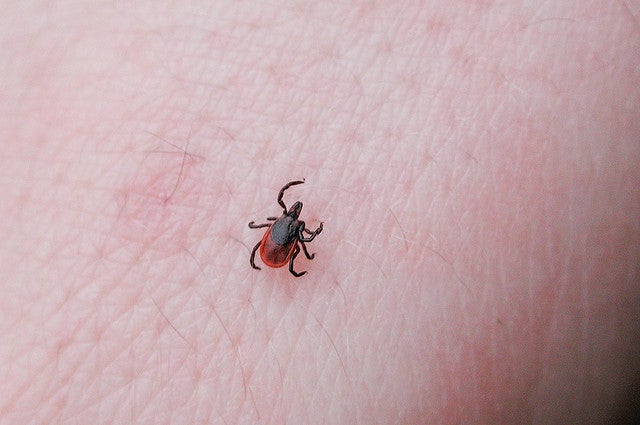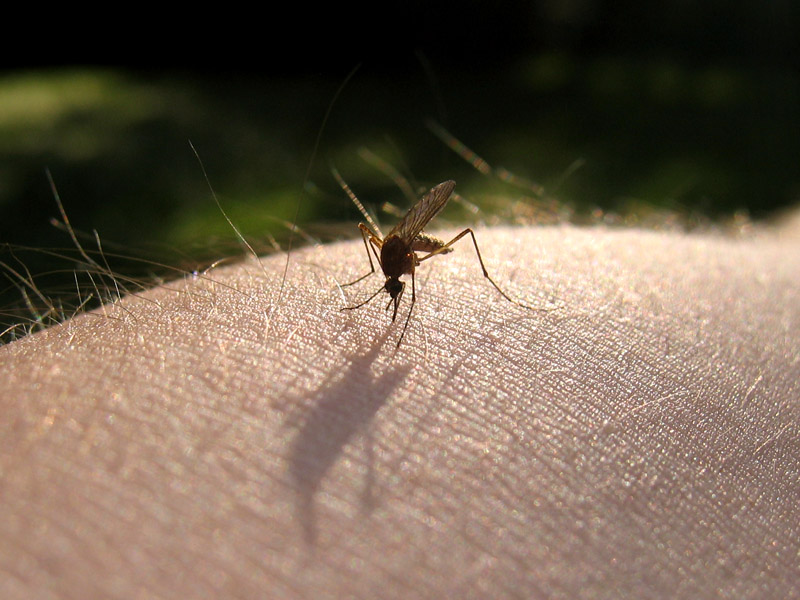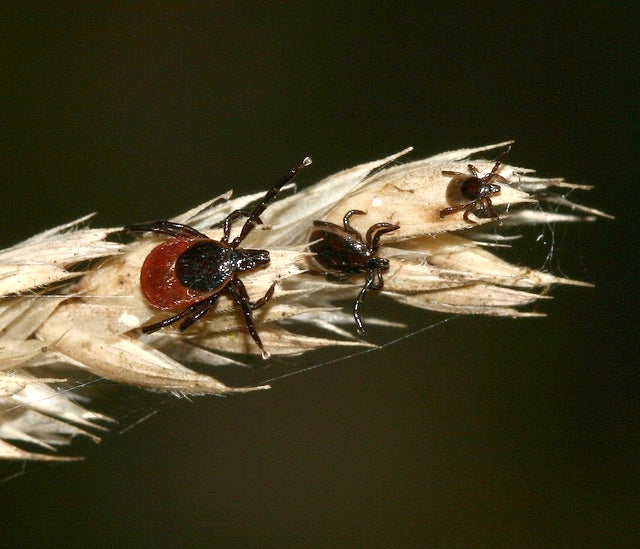The state Department of Health Services is investigating new cases of an unnamed tick borne disease only found in Wisconsin and Minnesota.
While the disease doesn’t have an official name, researchers are calling it Ehrlichia Muris-Like, or EML, because of its resemblance to a strain found in parts of Europe and Asia. Diep Hoang Johnson, the state’s vectorborne epidemiologist, said the symptoms are similar to those associated with Lyme disease.
“What you would get is an acute fever, headache, myalgia, those flu-like symptoms, and then with this ehrlichia you tend to see abnormal blood work,” said Johnson.
Stay informed on the latest news
Sign up for WPR’s email newsletter.
When left untreated, Johnson said the disease can cause havoc in the body, and even begin attacking internal organs.
One of the first confirmed cases of EML was found in Eau Claire five years ago. Since then, 28 cases have been confirmed in Wisconsin, most of them from Eau Claire and Chippewa counties. Johnson said that this year they’re investigating five more cases.
Meanwhile, more ticks from around the state are testing positive for the bacteria responsible for the new disease. University of Wisconsin-Madison entomology professor Susan Paskewitz said her team has found around 25 infected ticks.
“Primarily we were seeing it across the northern half of the state,” said Paskewitz. “We have only one tick that we’ve identified in the southern quarter that’s actually been infected with the pathogen, but that probably means that it’s fairly widespread here.”
Paskewitz said the chances of getting EML are low, especially if you’re protecting yourself against tick bites with repellant and by tucking pants into socks.
Wisconsin Public Radio, © Copyright 2024, Board of Regents of the University of Wisconsin System and Wisconsin Educational Communications Board.






